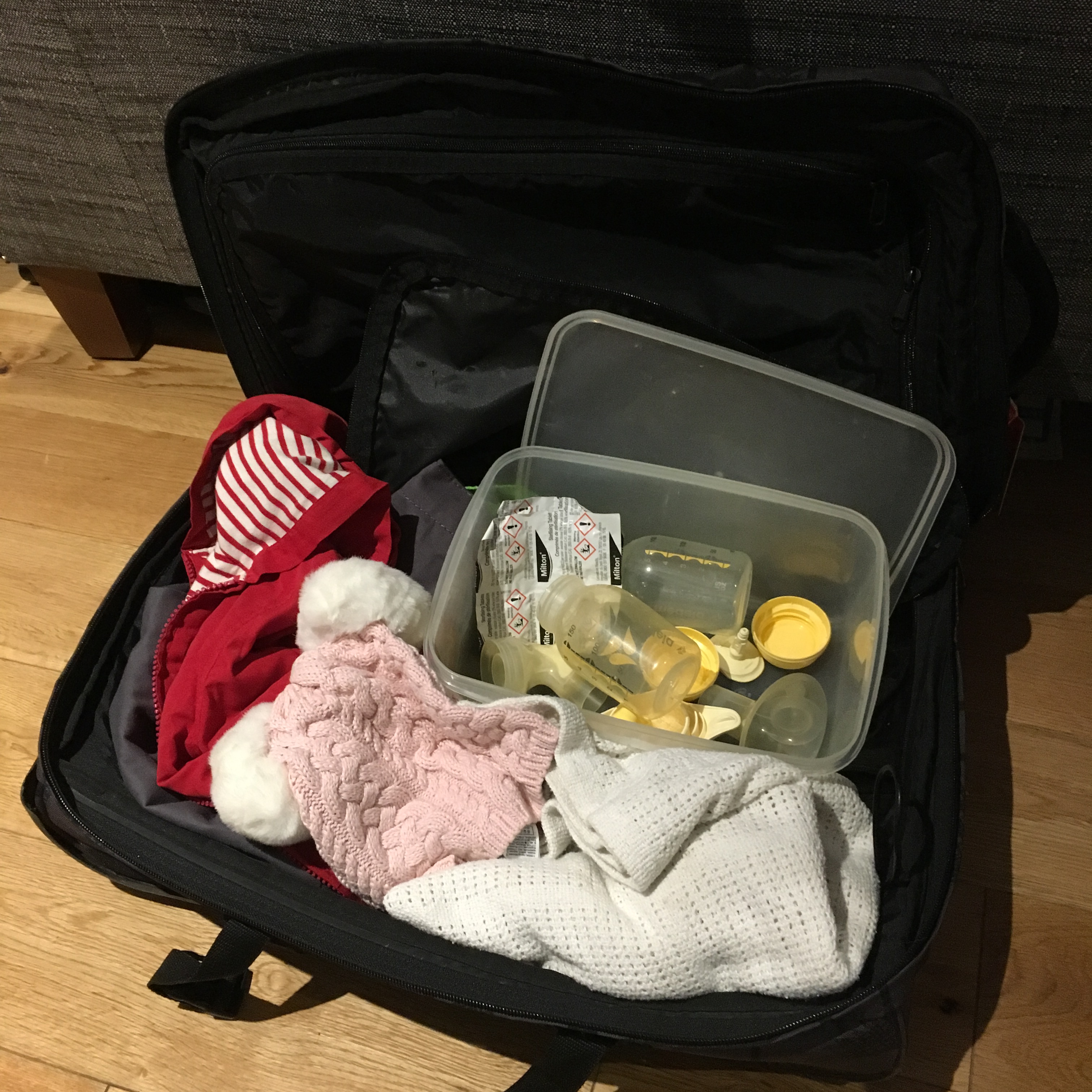Air travel is a wonderful thing, but airports are a pain. I like the teeny tiny ones where you can arrive 20 minutes before your flight, but all the others make me wish I was taking a train instead. Add a baby or toddler to the mix and you’ve got the potential for a pretty wearying – not to say stressful – experience.
The key is to leave plenty of time so you’re never in rush. That might mean quite a bit of waiting around – which, let’s be honest, isn’t ideal with a baby or toddler either – but at least you stand a good chance of boarding your flight calm, contented and ready for whatever the next few hours hold (I’ll be covering flying itself, as well as airport transfers, in separate posts – sign up to my mailing list so you don’t miss them).
The one benefit of travelling with a baby or toddler is that airline check-in staff are almost always nicer to you than if you’re checking in alone. I get the sense that they’re more willing to turn a blind eye to a couple of kilos of extra weight here or there, on the understanding that babies require a lot of stuff. (Though now I think of it, the baby girl has always been remarkably cheery at check-in desks – who knows what treatment we might get if she was being a grump.)
Infant baggage allowance varies from airline to airline, but most let you check in two or three items of baby equipment free of charge, usually including a pushchair, car seat, travel cot and backpack carrier. You’ll want to check your airline’s policy before booking so you don’t get any nasty surprises before departure. Check in your pushchair and car seat at the desk or, if you’d prefer to have them with you as you go through departures, get them tagged at check in and leave them with airline staff when you reach the gate. At some airports you’ll be able to send your baby equipment through with the rest of the luggage, but at others you might be asked to drop it off in a different area.
Whatever you decide to do with your pushchair, it’s a good idea to keep a sling handy. The first time I flew with the baby girl, when she was six-weeks-old, I kept the pushchair with me until the gate and didn’t end up using it at all. Airports are very stimulating environments and the baby girl was unhappy unless she was being carried. Also, travelling alone with her, getting the pushchair down the stairs from the gate to the tarmac was a real pain – fellow passengers helped out, but it wasn’t ideal. I’ve since learnt that you can request special assistance in advance for those situations, but these days I just check everything in and avoid the problem that way.
At security they might ask to x-ray your pushchair, car seat or sling, so be prepared to carry your child through in your arms, and make sure that if you there’s anything else in the pushchair it’s easy to lift out and put through the machine too. The last few times I’ve flown with the baby girl I’ve been able to walk through the scanner with her in the sling – if only I could remember to wear the sling under my jacket so it’s easy to remove.
Formula, sterilised water for preparing formula, cow milk and soya milk for babies are exempt from the usual rules about liquids in hand luggage, so you’re allowed to take them through security, as well as gel packs to keep them cool. They need to be removed from your carry-on so they can be screened separately (incidentally, you don’t need to be travelling with your baby to carry expressed breast milk through). The rules vary slightly from country to country, but security staff have always been understanding in this regard in my experience.
My final tip relates to food. You’ll obviously need to take enough baby food or milk to cover the number of meals or feeds you’ll be in transit for, but don’t underestimate the power of snacks either. Take as many as you can fit into your carry-on, so in the event of boring delays or just general grumpiness, you’ve got distractions at the ready.





